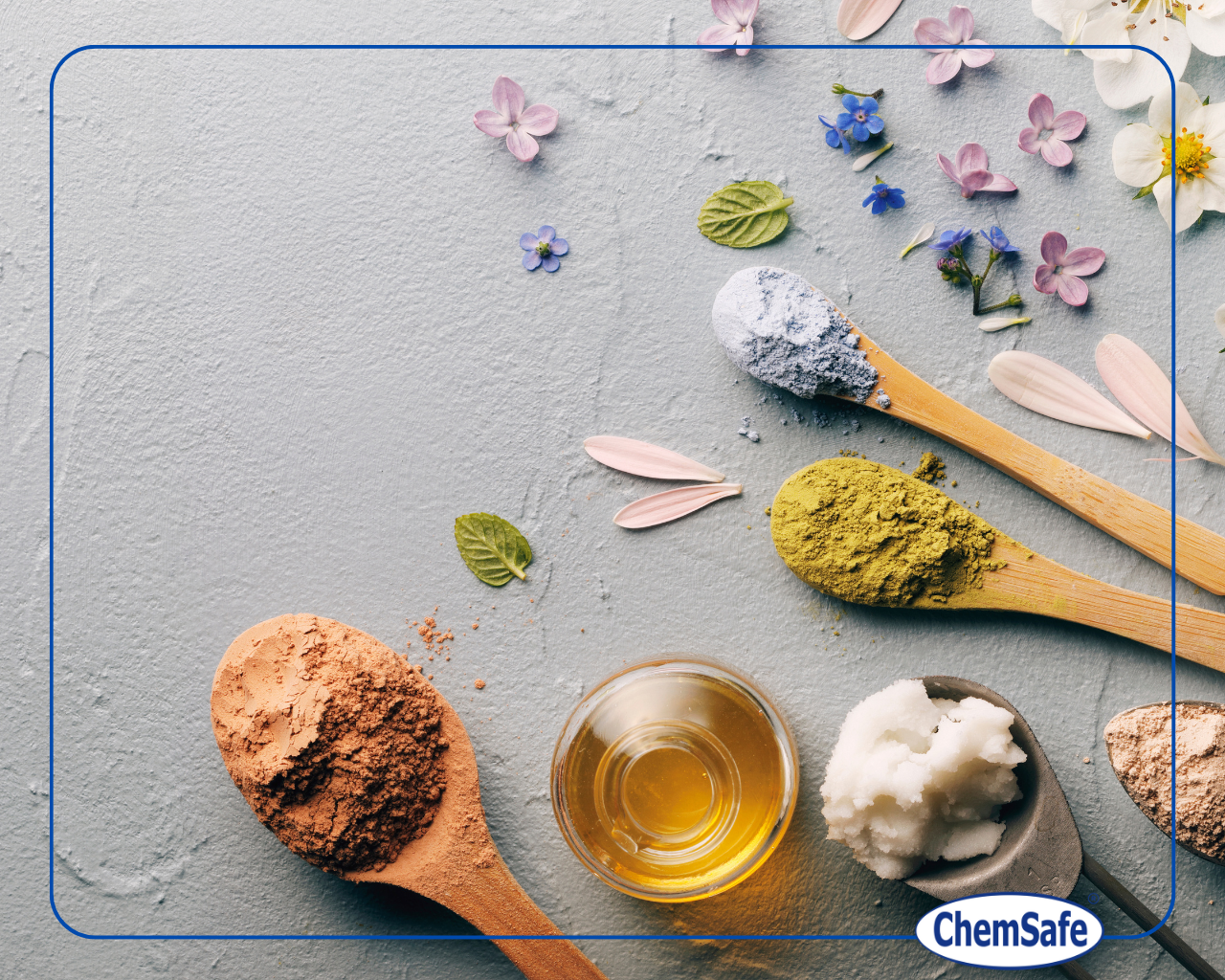In last month, two amendments to Regulation (EC) 1223/2009 have been published: Commission Regulation (EU) 2024/858 and Commission Regulation (EU) 2024/996.
Commission Regulation (EU) 2024/858
The first one, published on the Official Journal of the European Union on March 15, 2024, is an amendment to Annexes II and III, following an opinion from Scientific Committee on Consumer Safety about some nanomaterials used as ingredients in cosmetic products and their potential risk to consumers health.
The ten ingredients in nano form added to Annex II, and so forbidden to be use in cosmetic products within EU, are:
- Styrene/Acrylates copolymer (nano)
- Sodium Styrene/Acrylates copolymer (nano)
- Copper (nano), Colloidal Copper (nano)
- Colloidal silver (nano)
- Gold (nano)
- Colloidal Gold (nano)
- Gold Thioethylamino Hyaluronic Acid (nano)
- Acetyl heptapeptide-9 Colloidal gold (nano)
- Platinum (nano), Colloidal Platinum (nano)
- Acetyl tetrapeptide-17 Colloidal Platinum (nano)
Furthermore, Hydroxyapatite (nano) is added to Annex III and is allowed in toothpaste up to 10% and mouthwash up to 0,465%, and it can not to be used in applications that may lead to exposure of the end- user’s lungs by inhalation.
Only nanomaterials having the following characteristics are allowed:
- Composed of rod-shaped particles of which at least 95,8 % (in particle number) have an aspect ratio less than 3, and the remaining 4,2 % have an aspect ratio not exceeding 4,9;
- The particles are not coated or surface modified.
The regulation entered in force on April 4, 2024; products with ingredients which does not respect the new regulation can no longer be placed on EU market from February 1, 2025, and those which were already be placed on market before April 4 can no longer be made available from November 1, 2025.
Commission Regulation (EU) 2024/996
The second one, published on the Official Journal of the European Union on April 4, 2024, is an amendment of Annexes II, III, V and VI.
4-Methylbenzylidene Camphor (which is also removed from Annex VI) use is prohibited in cosmetic products and the following ingredients are added to Annex III (maximum concentration allowed in branchlets):
- Genistein (0,007%)
- Daidzein (0,02%)
- Kojic Acid (1% max in face and hand products)
- Retinol / Retinyl Acetate / Retinyl Palmitate* (0,05 % Retinol Equivalent in body lotions and 0,3% of Retinol Equivalent in other products)
- Alpha-Arbutin (2% in face cream and 0,5% in body lotion)
- Arbutin (7% in face cream)
*For any cosmetic product containing Retinol, Retinyl Acetate or Retinyl Palmitate the following, labelling is obligatory: ‘Contains Vitamin A. Consider your daily intake before use’.
Products containing 4-Methylbenzylidene Camphor shall not be placed on the market from May 1, 2025, and shall not be made available.
Products containing Genistein, Daidzein, Kojic Acid, Alpha-Arbutin and Arbutin which does not comply with new regulation requirements shall not be placed on the market from February 1, 2025, and shall not be made available from November 1, 2025
Products containing Retinol, retinyl Acetate and retinyl Palmitate which does not comply with new regulation requirements shall not be placed on the market from November 1, 2025, and shall not be made available from May 1, 2027
Finally, two entries of Annex V (preservatives) are modified as follow:
- Triclocarban is allowed in all cosmetic products, with the exception of mouthwash, up to 0,2%; 3,3′,4,4′- Tetrachloroazobenzene and 3,3′,4,4′- Tetrachloroazoxybenzene impurities shall be ≤1 ppm; not to be used in toothpaste intended for children under 6 years of age and for toothpaste containing Triclocarban the following labelling is obligatory: ‘Not to be used for children under 6 years of age’.
- Triclosan is allowed in toothpaste, hand soaps, body soaps, shower gels, deodorant (non-spray), face powder and blemish concealers, nail products for cleaning the fingernails and toenails before the application of artificial nail systems up to 0,3%; not to be used in toothpaste intended for children under 3 years of age, for toothpaste containing Triclosan the following labelling is obligatory: ‘Not to be used for children under 3 years of age’.
Cosmetic products containing that substances that do not comply with the conditions may, provided that they comply with the conditions applicable on 23 April 2024, be placed on the Union market until 31 December 2024 and, if they have already been placed on the market before that date, continue to be made available on the Union market until 31 October 2025.
References
https://eur-lex.europa.eu/eli/reg/2024/858/oj
https://eur-lex.europa.eu/legal-content/EN/TXT/?uri=OJ:L_202400996







